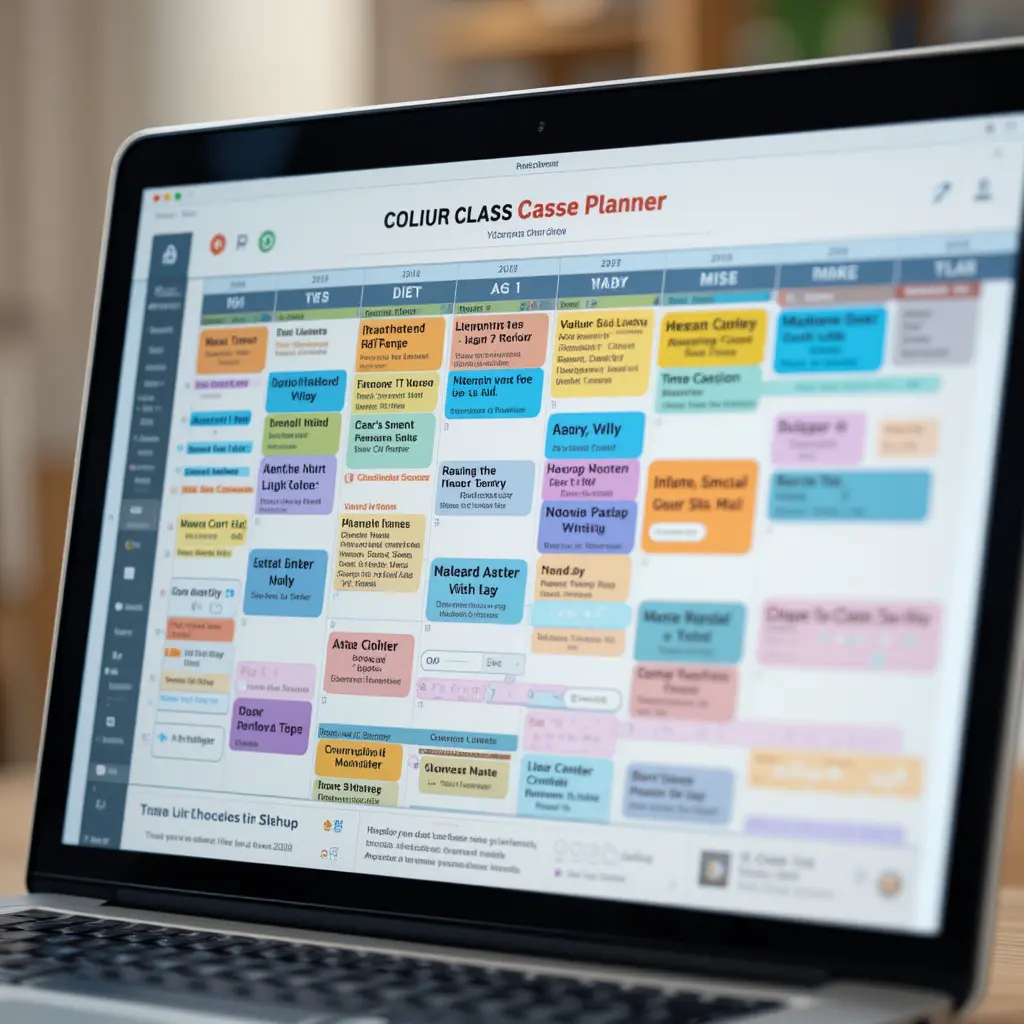
Best ways to Remember More of What You Learn with Spaced Repetition
on June 19, 2024Table of Contents
Studying effectively is a challenge for many students. With limited hours in the day, it’s crucial to use techniques that maximize learning and retention. One of the most powerful methods for doing so is spaced repetition. By introducing intentional time intervals between study sessions, you can retain more information while spending less time in front of your books.
In this guide, we’ll explore how spaced repetition works, the ideal intervals for practice, and tools—both analog and digital—that can help you make the most of this technique.
Understanding Spaced Repetition
Spaced repetition leverages a phenomenon known as the spacing effect. This effect describes how learning is enhanced when study sessions are spread out over time. Instead of cramming all at once, you revisit material at increasing intervals to solidify your understanding.
Picture your brain like a brick wall. If you try to stack all the bricks at once, the structure may collapse. But if you give each layer time to set, the wall becomes stronger and more stable. Similarly, spacing out your learning allows the “mental mortar” between knowledge bricks to solidify.
The Science Behind Forgetting
To understand why spaced repetition is so effective, let’s delve into the concept of retrieval strength and storage strength:
- Storage Strength: The durability of a memory.
- Retrieval Strength: How easily you can recall a memory.
When we forget, it’s often because retrieval strength has decreased, not because the memory is gone. Spaced repetition works by reactivating these memories just as retrieval strength begins to fade, reinforcing both storage and retrieval.
Psychologist Hermann Ebbinghaus first illustrated this with the Forgetting Curve, which shows how memories decay over time. He demonstrated that reviewing material at spaced intervals slows this decay significantly.
The Best Spaced Repetition Time Intervals
So, how often should you review material? Studies have shown that optimal intervals depend on how far away your test or goal is. Here’s a simple guideline:
- 1 Week Before Test: Study today, then again tomorrow, and a third time two days before the test.
- 1 Month Before Test: Study today, then review in 3–4 days, and again in a week.
- Long-Term Mastery: Gradually increase intervals—1 day, 3 days, 1 week, 2 weeks, etc.
For long-term retention, use algorithms like those found in apps such as Anki or SuperMemo to calculate intervals automatically.
Analog Spaced Repetition: The Leitner System
Prefer pen and paper? The Leitner System is an easy way to implement spaced repetition with flashcards:
1. Prepare Boxes: Label five boxes with increasing intervals (e.g., 1 day, 3 days, 1 week, 2 weeks, “Mastered”).
2. Organize Cards: Place all flashcards in Box 1.
3. Review Process:
- If you answer correctly, move the card to the next box.
- If you answer incorrectly, return it to Box 1.
4. Schedule Study Sessions: Use a calendar to track when to review each box.
This system ensures you focus more on challenging material while reinforcing knowledge you’ve already mastered.
Best Spaced Repetition Apps
For a more modern approach, try these spaced repetition apps:
1. Anki:
- Features customizable flashcards and spaced repetition algorithms.
- Free on most platforms (iOS version costs $24.99).
- Great for adding multimedia to your cards.
2. SuperMemo:
- Developed by Piotr Wozniak, who pioneered spaced repetition algorithms.
- Offers precise control over study intervals.
3. Quizlet (Premium):
- Combines interactive learning with spaced repetition.
- Ideal for collaborative study groups.
4. Brainscape:
- Allows users to rate confidence levels for each flashcard.
- Adjusts repetition intervals based on feedback.
Practical Tips for Spaced Repetition Success
- Start Early: The sooner you begin spaced repetition, the better your long-term retention.
- Create Your Own Content: Making your own flashcards improves understanding and recall.
- Add Visuals: Use images and diagrams to enhance memory retention.
- Track Your Progress: Regularly monitor which material needs more focus.
Why Spaced Repetition Works
At its core, spaced repetition taps into desirable difficulty—a principle where learning becomes more effective when it’s challenging. Each review session strengthens your ability to retrieve information, much like exercising a muscle.
What is spaced repetition?
It’s a learning technique where study sessions are spaced out over time to improve memory retention.
How does it compare to cramming?
Spaced repetition is far more effective for long-term retention, while cramming is useful only for short-term recall.
Can I use spaced repetition for any subject?
Yes, it’s effective for any topic, from medical terminology to history dates
What’s the best app for beginners?
Anki is highly recommended for its ease of use and customization options.
Conclusion
Spaced repetition isn’t just a study hack; it’s a proven method backed by science. By spacing out your study sessions, you can maximize learning, reduce study time, and retain more information for the long haul. Whether you choose to use flashcards or apps, adopting this technique can transform the way you learn.
Read Also
- Effective Strategies to Overcome Exam Stress

- Are College Students Shifting From Print to eTextbooks? A Look at the Numbers

- Explore Agriculture and Natural Resources Studies in the USA

- The Ultimate Guide to Career Assessment Tests for Lasting Student Success

- How to Enhance Student Engagement Levels for Increased Impact



